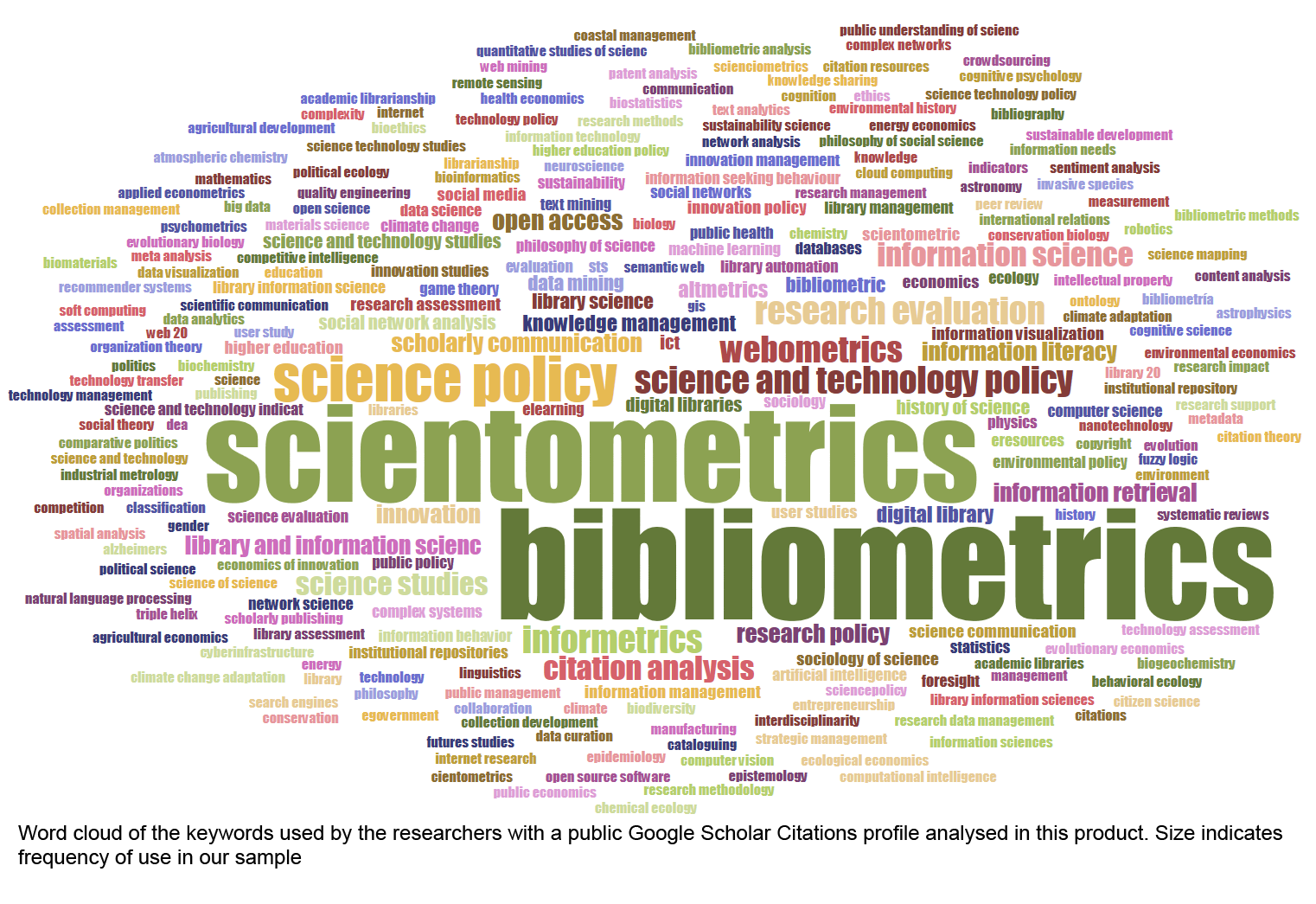Articles from this series
- Information science - Introduction
- Information science – Uniqueness and essential questions
- Information science – Philosophical approaches
- Information science – Paradigms
- Information science – Epistemologies
- Information science – What is information?
- Information science - Terminology (Knowledge, Document)
- Information science - Terminology (Collections, Databases, Relevance)
- Information science – Domain
- Information science – Organisations of information
- Information science - Information systems
- Information science – Informetrics
Main source
Introduction to Information Science - DAVID BAWDEN and LYN ROBINSON

Applications of informetrics

What is informetrics and its basic manifestations have been explained in previous article. This time I’ll poke deeper into its applications.
An apprehension of literature and its metamorphoses in time is one of the possible applications. The amount of published documents, its dispersion across all the sources, nations and languages where the action is happening, the schemes of authorship, citation behaviour are the aspects that are being studied in order to get the answers. Basically the metadata and their changes are being studied over long period of time.
Another example is comprehension of the literature’s structure and co-working groups. That is done through “bibliographic association”. A pair of documents is selected and their mutual citations and sources are studied. The premise is “the bigger amount of mutual citations and sources, the stronger the link in between them”. Second aspect is co-citation analysis, which studies whether the pair of documents has been cited by any other individual, or institution, and if yes, how many times. In the digital age, the need to study digital articles has occurred too. Not only citations are being studied there, but also hypertext relations. Data gathered can then be used for creation of the "map" of science fields, social groups, intellectual relations and other domains.

Source
The last application I’ll explain is “impact factor”. Informetrics is being used to evaluate the impact of serials, authors, department, institutions and nations. The same capitalistic principle applies everywhere. People want to invest less than what will be returned to them. Therefore a tool for the investors into science had to be created in order to somehow evaluate the impact the researches are making. The question is whether the amount of citations really measures the “usefulness”. The frequency in which any document is cited doesn’t necessarily have to reflect its usefulness, because people can cite it for irrational reasons. It for sure is an easy way how to measure stuff though. Also additional information can be studied, for example how quickly the document became impactful, or in which sources it happened.

